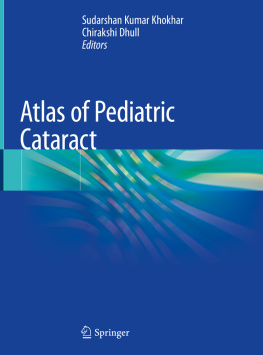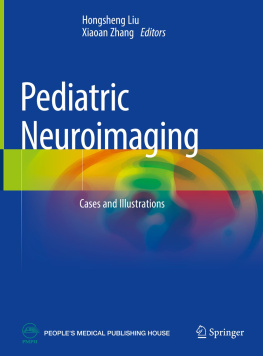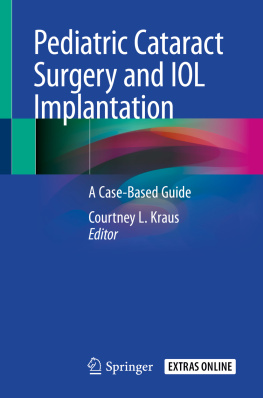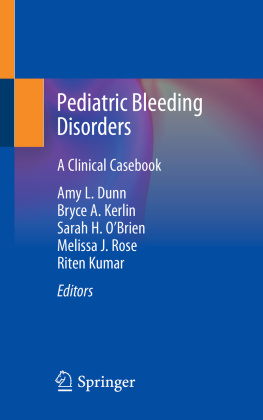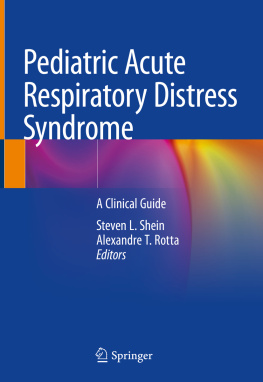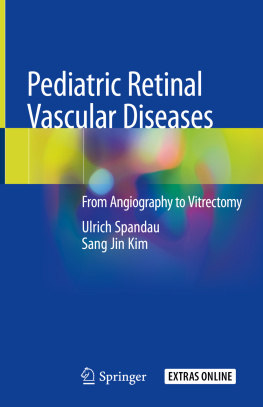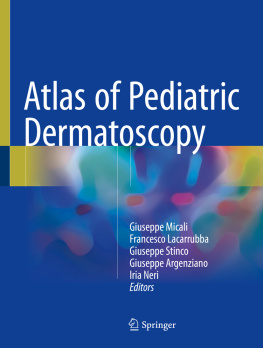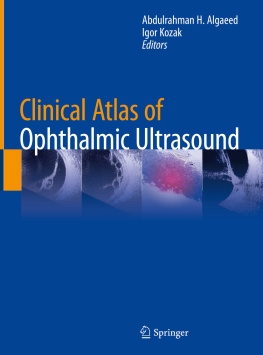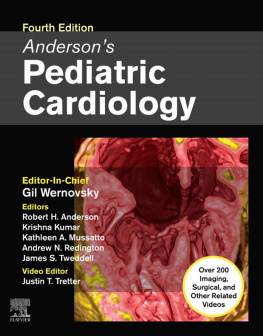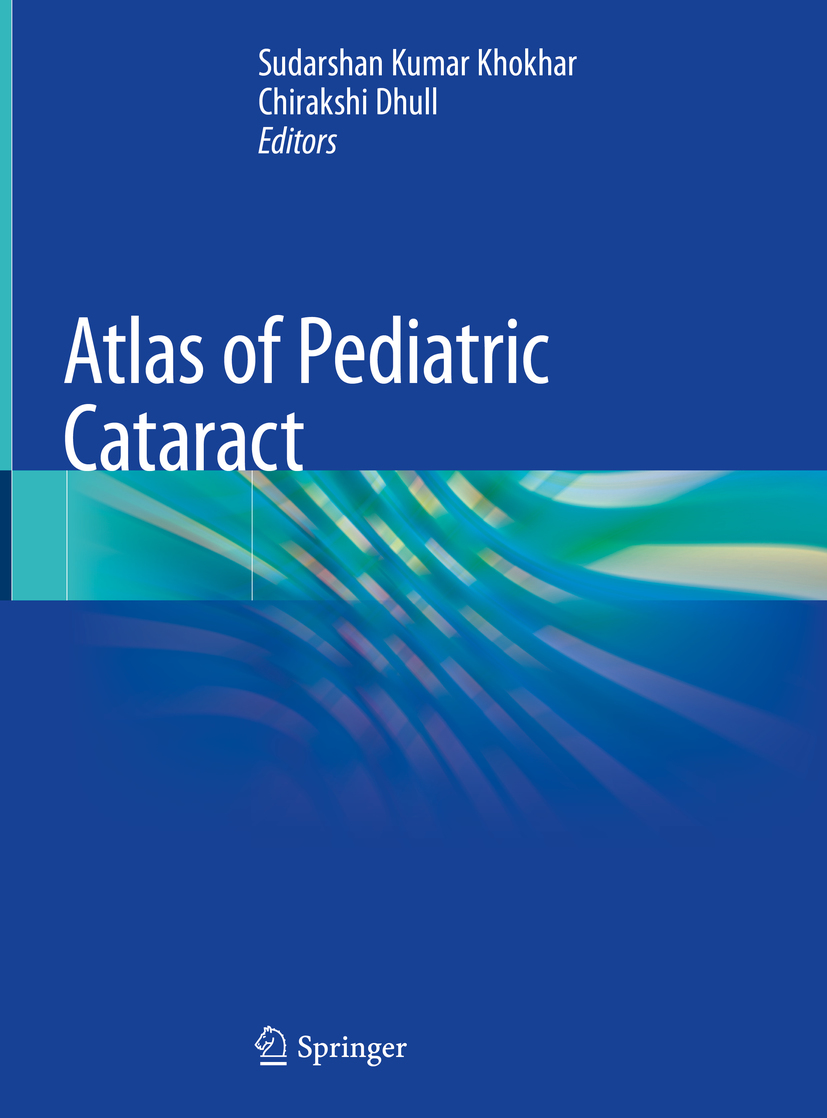Editors
Sudarshan Kumar Khokhar
Dr. R.P. Centre for Ophthalmic Sciences, All India Institute of Medical Sciences, New Delhi, India
Chirakshi Dhull
Dr. R.P. Centre for Ophthalmic Sciences, All India Institute of Medical Sciences, New Delhi, India
ISBN 978-981-13-6938-4 e-ISBN 978-981-13-6939-1
https://doi.org/10.1007/978-981-13-6939-1
Springer Nature Singapore Pte Ltd. 2019
This work is subject to copyright. All rights are reserved by the Publisher, whether the whole or part of the material is concerned, specifically the rights of translation, reprinting, reuse of illustrations, recitation, broadcasting, reproduction on microfilms or in any other physical way, and transmission or information storage and retrieval, electronic adaptation, computer software, or by similar or dissimilar methodology now known or hereafter developed.
The use of general descriptive names, registered names, trademarks, service marks, etc. in this publication does not imply, even in the absence of a specific statement, that such names are exempt from the relevant protective laws and regulations and therefore free for general use.
The publisher, the authors, and the editors are safe to assume that the advice and information in this book are believed to be true and accurate at the date of publication. Neither the publisher nor the authors or the editors give a warranty, expressed or implied, with respect to the material contained herein or for any errors or omissions that may have been made. The publisher remains neutral with regard to jurisdictional claims in published maps and institutional affiliations.
This Springer imprint is published by the registered company Springer Nature Singapore Pte Ltd.
The registered company address is: 152 Beach Road, #21-01/04 Gateway East, Singapore 189721, Singapore
Foreword
It is often said that children are not just small adults. In no other area is that more true than in the care of patients with cataracts. For adults, everyone develops cataracts if they live long enough and having cataract surgery has become a normal part of aging. There is often no question about why the cataracts developed or what the cataracts are telling us about the genetic, developmental, or metabolic workings of the affected individual. The evaluation and treatment for those age-related cataracts vary little from individual to individual. In most of the world, emphasis is placed on efficiency and volume. Tremendous progress has been made and millions of aged adults have been restored to sighted, happy, and productive members of society. The surgeons who operate on cataract-blind adults can feel a tremendous amount of satisfaction for the positive impact they are having on the world.
For those who care for children, a special kind of dedication and compassion is required. While there are fewer children with cataracts compared to adults, each one represents 50 or more blind years that may be at stake. In addition, the cataract pattern may be a marker for alterations in metabolic, developmental, or genetic processes. Efficiency and volume may have to take a back seat to thoroughness and patience, exams that require anesthesia and treatment decisions that have to account for future growth, and the investigation of not only the whole eye but the entire child and family.
Professor Sudarshan K. Khokhar and his coauthors have produced an atlas and textbook that should be acquired by every ophthalmologist who sees and treats children. It is a work of art as well as a work of science. It is very visual and yet also contains concise and digestible advice from the literature and from the vast experience of the authors.
This book will teach the reader about the important implications of pattern recognition when examining a child with cataracts. We must describe the opacities we see in detail. The layer, location, density, and pattern must be appreciated. We must also answer many questions. Is it static or changing? It is co-natal or acquired? Is it unilateral or just asymmetrically bilateral? Is it familial or isolated? Is it genetic, metabolic, idiopathic, or related to infection, inflammation, or trauma? The questions go on and on, even before the surgical plan is developed. We learn to see that the cataract characteristics are a window into the past and future growth and development, as well as the systemic workings of the child and even the implications for the visual brain. We know that cataracts in young children often represent a pan-ophthalmic condition, not just a lens disorder. We prepare for the unusual surgical challenges that are before us and the long-term follow-up commitments we are embarking on.
I congratulate the authors for a book that I predict will be a must-have for every training program in ophthalmology and every practicing pediatric ophthalmologist who sees children with cataracts. It addresses an important and evolving area of pediatric ophthalmology and does so with startlingly clear photos and ultrasonic images made more amazing by the fact that children rarely hold still and must, at times, be subjected to general anesthesia multiple times.
An extra benefit of this book is that Professor Khokhar and the coauthors he has chosen have many years of experience and an enormous amount of credibility in the international community. When they speak, people listen. I also know that they have selected the images for this book from thousands they have taken over time so that the reader can see and learn from the best and most representative examples. I enjoyed studying this volume and the care of children worldwide will be positively impacted by its publication and dissemination.
M. Edward Wilson
Contents
Sudarshan Kumar Khokhar and Chirakshi Dhull
Yogita Gupta , Chirakshi Dhull and Sudarshan Kumar Khokhar
Abhidnya Surve , Chirakshi Dhull and Sudarshan Kumar Khokhar
Chirakshi Dhull and Sudarshan Kumar Khokhar
Chirakshi Dhull , Barkha Gupta and Sudarshan Kumar Khokhar
Sudarshan Kumar Khokhar , Pulak Agarwal , Abhidnya Surve and Chirakshi Dhull
Sagnik Sen , Chirakshi Dhull and Sudarshan Kumar Khokhar
Chirakshi Dhull , Sourabh Verma and Sudarshan Kumar Khokhar
Chirakshi Dhull , Barkha Gupta and Sudarshan Kumar Khokhar
Chirakshi Dhull and Sudarshan Kumar Khokhar
Sudarshan Kumar Khokhar , Yogita Gupta , Abhidnya Surve and Chirakshi Dhull
Chirakshi Dhull , Sagnik Sen and Sudarshan Kumar Khokhar
Chirakshi Dhull , Sagnik Sen and Sudarshan Kumar Khokhar
Sudarshan Kumar Khokhar , Chirakshi Dhull and Yogita Gupta
Sudarshan Kumar Khokhar , Yogita Gupta and Chirakshi Dhull
About the Editors
Sudarshan Kumar Khokhar
is currently working as Professor at the Dr. Rajendra Prasad Centre for Ophthalmic Sciences, All India Institute of Medical Sciences (AIIMS), New Delhi, India. He has more than 20 years of clinical, teaching, and research experience at AIIMS, with particular expertise in pediatric cataracts and complicated adult cataracts. He is a well-published author with over 80 publications in peer-reviewed journals and numerous book chapters. Over the last decade, Professor Khokhar has offered instruction courses on pediatric cataracts at various national and international conferences, e.g., for the American Academy of Ophthalmology (AAO), European Society of Cataract and Refractive Surgeons (ESCRS), Asia-Pacific Academy of Ophthalmology (APAO), World Ophthalmology Congress (WOC), and American Association for Pediatric Ophthalmology and Strabismus (AAPOS). Professor Khokhar has designed a special cannulaKhokhars capsular painting cannulafor phacoemulsification in white cataracts and was a pioneer in using the plasma blade in persistent fetal vasculature (PFV) eyes. He has received many achievement awards from international bodies, including the APAO and AAO.

